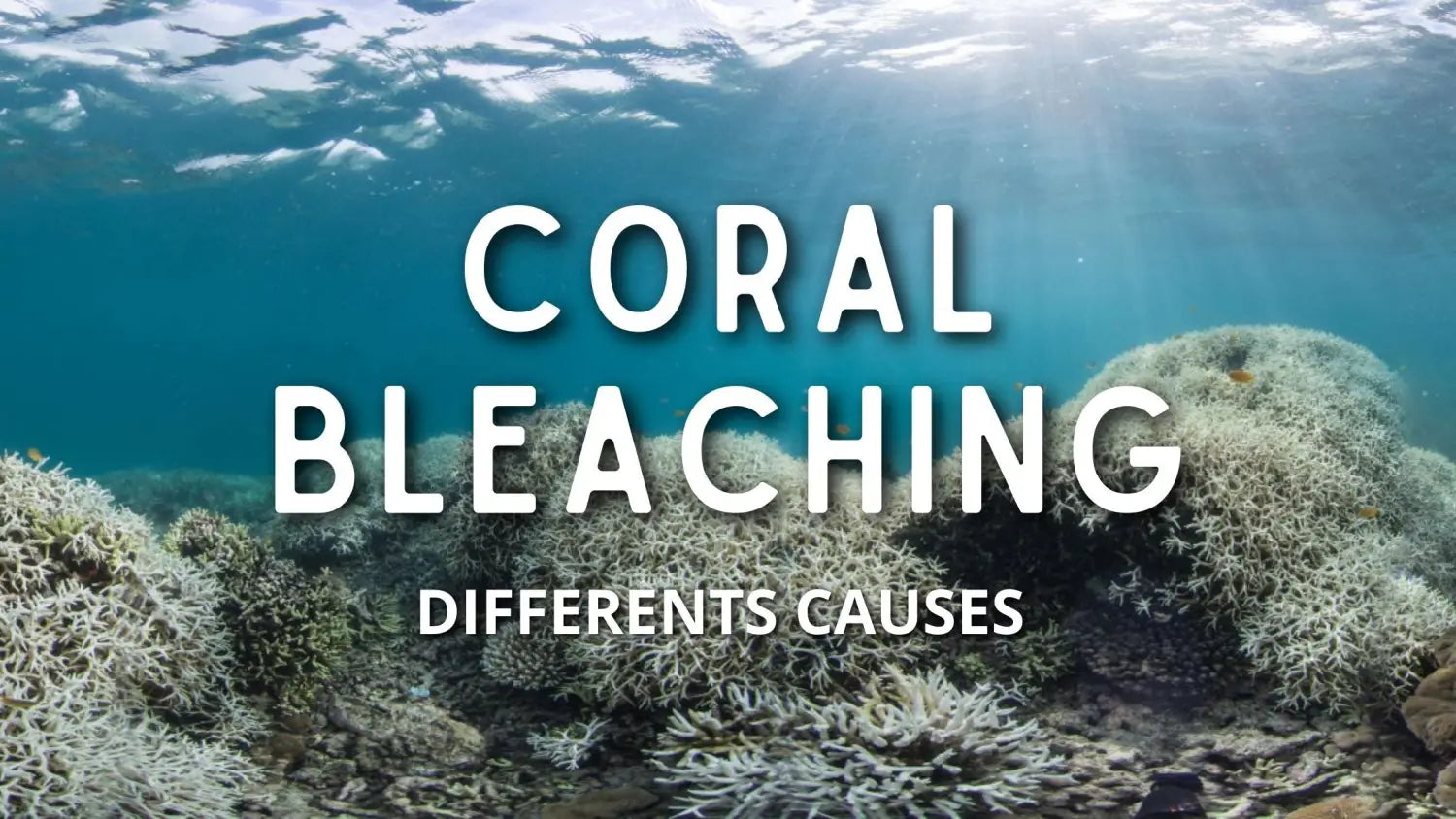Coral bleaching is a phenomenon that occurs when coral reefs lose their vibrant colors and become pale or white. This can be a sign of stress or illness in the coral, and if left unchecked, can lead to the death of the coral.
Causes of Coral Bleaching
But what causes coral bleaching, and how can we protect these important ecosystems? Here's what you need to know:
1. Coral Bleaching is Caused by Stress
Coral bleaching is caused by stress in the coral, which can be triggered by a variety of factors. One of the most common causes of coral bleaching is elevated water temperatures. When water temperatures rise too high, the coral becomes stressed and expels the tiny algae that live within its tissue. These algae, called zooxanthellae, provide the coral with food and give it its vibrant colors, so when they are expelled, the coral becomes pale or white.
2. Climate Change is a Major Cause of Coral Bleaching
One of the main causes of coral bleaching is climate change. As the earth's atmosphere and oceans warm, coral reefs are exposed to higher water temperatures, which can lead to coral bleaching. In addition to rising temperatures, climate change can also cause coral bleaching through other means, such as changes in rainfall patterns, storms, and sea level rise.
3. Pollution and Overfishing Can Also Cause Coral Bleaching
In addition to climate change, pollution and overfishing can also contribute to coral bleaching. When coral reefs are exposed to pollution, such as chemical runoff or sewage, the coral can become stressed and more susceptible to bleaching. Overfishing can also impact coral reefs, as the removal of certain species can disrupt the balance of the ecosystem and increase the risk of coral bleaching.
4. Coral Bleaching is a Global Problem
Coral bleaching is a global problem that affects reefs around the world. Coral reefs are found in every ocean, from the tropics to the polar regions, and are home to a wide variety of marine life. Coral reefs are also important for human communities, as they provide protection from storms, support local economies, and are a source of food and medicine.
5. We Can Take Steps to Protect Coral Reefs
Despite the challenges facing coral reefs, there are steps we can take to protect these important ecosystems. By reducing our carbon emissions and slowing climate change, we can help reduce the risk of coral bleaching. We can also take steps to reduce pollution and protect against overfishing, such as supporting sustainable fishing practices and properly disposing of waste. Additionally, we can support organizations and initiatives that are working to protect and restore coral reefs around the world.
6. Some Coral Reefs are More Resilient than Others
While coral bleaching is a major threat to coral reefs, some coral reefs are more resilient than others. In some cases, coral reefs that have experienced bleaching in the past have been able to recover and rebuild their populations. However, it is important to note that coral reefs that have experienced multiple bleaching events may be less able to recover, and may be more at risk of permanent damage or destruction.
Causes of Coral Bleaching In Conclusion
Coral bleaching is a serious threat to coral reefs around the world. By understanding the causes of coral bleaching and taking steps to protect these important ecosystems, we can help ensure that coral reefs continue to thrive and support the marine life that depends on them.



















